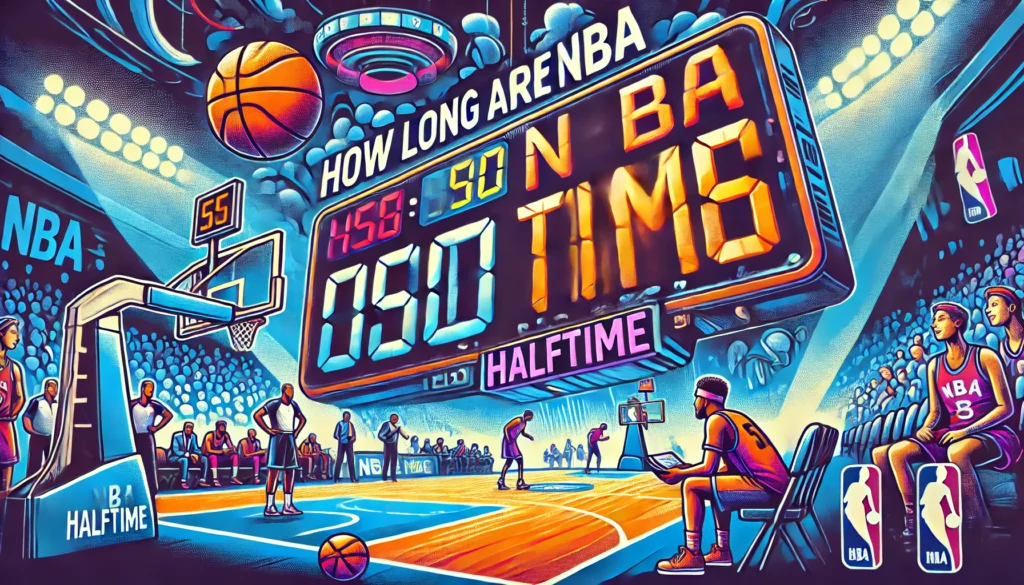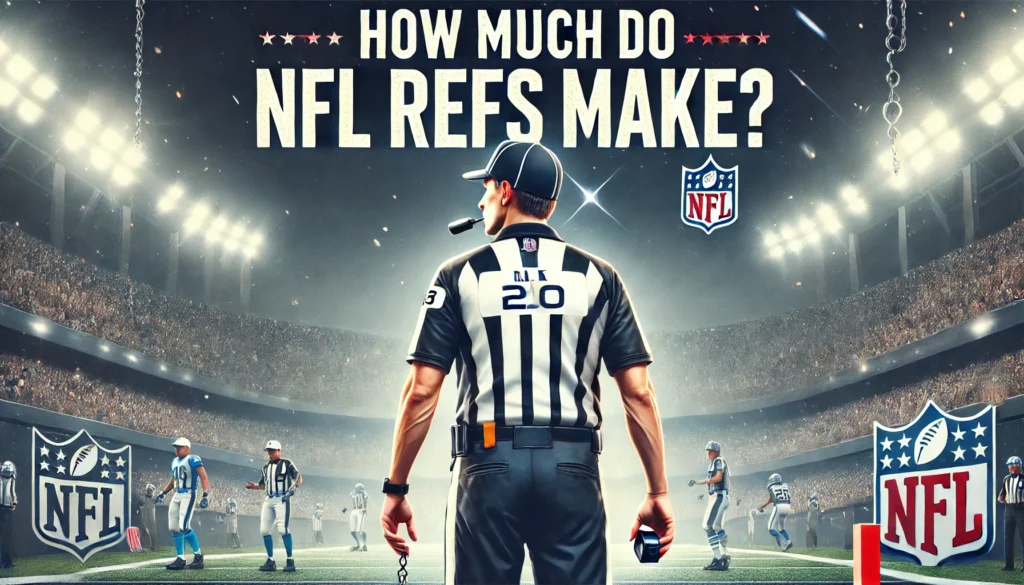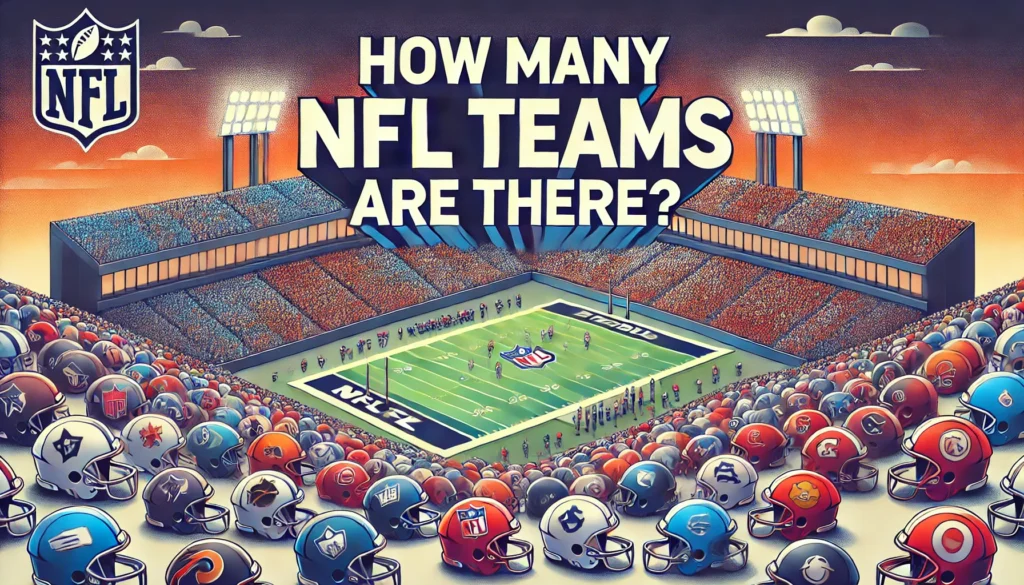BB in baseball means for “base on balls” or “walk,” which is when a pitcher throws four balls to a batter, allowing the batter to advance to first base without hitting the ball.
Baseball is a sport characterized by a unique terminology and a plethora of statistics. One of the most significant abbreviations in the game is “BB,” which denotes “base on balls.” A base on balls, also commonly known as a “walk,” occurs when a pitcher throws four pitches outside the strike zone, resulting in the batter being awarded first base. The BB statistic serves as a key indicator of a player’s ability to work the count, draw walks, and reach base without relying on hitting the ball.
A thorough understanding of the significance of BB in baseball statistics, as well as its impact on a player’s performance and a team’s strategy, is essential for gaining a deeper appreciation of the game.
Key Takeaways
- BB in baseball stands for “base on balls” or “walk,” which is when a pitcher throws four balls to a batter, allowing the batter to advance to first base without hitting the ball.
- BB is a crucial statistic in baseball, as it reflects a batter’s ability to draw walks and a pitcher’s control on the mound.
- A high BB rate for a batter indicates patience and discipline at the plate, while a high BB rate for a pitcher may suggest a lack of control.
- BB can impact a team’s strategy by putting runners on base and increasing the potential for scoring runs.
- It is important to differentiate between BB and other baseball terminology, such as hits, strikeouts, and home runs, to fully understand a player’s performance and a team’s success.
The Significance of BB in Baseball Statistics
In baseball statistics, BB is a key metric that is used to evaluate a player’s ability to get on base and contribute to their team’s offensive production. A high BB rate indicates that a player has a good eye for the strike zone and is able to lay off pitches that are outside of it, ultimately leading to more opportunities for their team to score runs. Additionally, BB is often used in conjunction with other statistics such as on-base percentage (OBP) and walk rate (BB%), which provide a more comprehensive picture of a player’s ability to reach base safely.
For example, a player with a high OBP and BB% is likely to be a valuable asset to their team’s lineup, as they are able to consistently get on base and create scoring opportunities. On the other hand, a low BB rate can be indicative of a player who struggles to work the count and get on base without relying solely on hitting the ball. This can limit their offensive impact and make them more susceptible to making outs.
Therefore, BB is an important statistic for evaluating a player’s overall offensive contribution and can be used by coaches, scouts, and analysts to assess a player’s value to their team.
Understanding the Role of BB in a Player’s Performance
For individual players, the ability to draw walks and get on base via a base on balls is an important skill that can greatly impact their overall performance. A high BB rate can be indicative of a player who has good plate discipline, patience, and an understanding of the strike zone. This can make them a more valuable offensive threat, as they are able to extend at-bats, wear down pitchers, and create opportunities for their teammates to drive in runs.
Additionally, drawing walks can also help a player to increase their on-base percentage, which is a key measure of their ability to reach base safely and contribute to their team’s offensive production. Conversely, players with a low BB rate may struggle to consistently get on base and create scoring opportunities for their team. This can limit their offensive impact and make them more susceptible to making outs.
Therefore, understanding the role of BB in a player’s performance is crucial for players looking to improve their offensive skills and contribute more effectively to their team’s success.
How BB Impacts a Team’s Strategy and Success
| Term | Meaning |
|---|---|
| BB | Base on Balls, also known as a walk, is when a pitcher throws four pitches out of the strike zone, and the batter does not swing at any of them. |
In addition to its impact on individual players, BB also plays a crucial role in shaping a team’s offensive strategy and overall success. Teams with players who are able to draw walks consistently are often able to create more scoring opportunities and put pressure on opposing pitchers. This can lead to higher run production and ultimately contribute to a team’s success on the field.
Furthermore, drawing walks can also help to drive up pitch counts for opposing pitchers, which can lead to more favorable matchups for the team’s hitters as the game progresses. This can wear down opposing pitchers and make it easier for the team to score runs later in the game. Therefore, teams that prioritize plate discipline and the ability to draw walks are often able to create more favorable offensive situations and ultimately improve their chances of winning games.
Conversely, teams with players who struggle to draw walks may find themselves relying too heavily on hitting the ball in order to create scoring opportunities. This can make them more predictable and easier for opposing pitchers to navigate through, ultimately limiting their offensive production and overall success. Therefore, understanding how BB impacts a team’s strategy and success is crucial for coaches and players looking to improve their offensive performance and win more games.
Differentiating Between BB and Other Baseball Terminology
In baseball, there are several terms that are used to describe a batter being awarded first base without hitting the ball into play. While “BB” stands for “base on balls,” there are other terms that are used interchangeably depending on the context of the game. For example, “walk” is another common term used to describe a batter being awarded first base after four balls are thrown by the pitcher.
Additionally, “free pass” or “pass” are also used in some instances to describe the same situation. It’s important for fans, players, and analysts to understand these different terms and how they are used in baseball, as they all refer to the same fundamental concept of a batter being awarded first base without hitting the ball into play. By differentiating between BB and other baseball terminology, individuals can gain a deeper understanding of the game and its rich history of terminology.
The Evolution of BB in Baseball History
The concept of drawing walks and getting on base without hitting the ball has been an integral part of baseball since its inception. However, the way that BB has been measured and valued has evolved over time as the game has changed and new statistical measures have been developed. In the early days of baseball, walks were not officially recorded as a statistic, making it difficult to assess a player’s ability to draw walks and get on base without hitting the ball.
As the game progressed and statistical measures became more advanced, the importance of BB as a measure of offensive production became more widely recognized. Today, BB is considered one of the most important statistics for evaluating a player’s ability to get on base and contribute to their team’s offensive success. Additionally, advancements in technology and data analysis have allowed for more detailed measures of plate discipline and walk rates, providing a more comprehensive understanding of how players are able to draw walks and impact their team’s success.
Understanding the evolution of BB in baseball history is crucial for anyone looking to gain a deeper appreciation for the game and its statistical measures. By recognizing how BB has been valued over time, individuals can gain insight into how the game has changed and how statistical measures have evolved to better evaluate players’ abilities.
Tips for Improving BB Performance in Baseball
For players looking to improve their ability to draw walks and get on base without relying solely on hitting the ball, there are several tips that can help them develop better plate discipline and patience at the plate. One key tip is to focus on pitch recognition and understanding the strike zone. By developing a better understanding of which pitches are strikes and which are balls, players can improve their ability to lay off pitches outside of the strike zone and draw walks more consistently.
Additionally, working on plate discipline drills and taking batting practice with an emphasis on working the count can help players develop better patience at the plate and improve their ability to draw walks. By focusing on taking pitches and waiting for their pitch to hit, players can become more selective at the plate and increase their chances of drawing walks. Furthermore, studying opposing pitchers’ tendencies and developing a game plan for each at-bat can also help players improve their ability to draw walks.
By understanding how pitchers like to attack hitters and looking for patterns in their pitch selection, players can develop better strategies for working the count and drawing walks. In conclusion, BB in baseball is an important statistic that measures a player’s ability to draw walks and get on base without relying solely on hitting the ball. Understanding the significance of BB in baseball statistics, as well as its impact on a player’s performance and a team’s strategy, is crucial for anyone looking to gain a deeper understanding of the game.
By recognizing how BB has been valued over time, individuals can gain insight into how the game has changed and how statistical measures have evolved to better evaluate players’ abilities. For players looking to improve their ability to draw walks and get on base without relying solely on hitting the ball, there are several tips that can help them develop better plate discipline and patience at the plate. By focusing on pitch recognition, working on plate discipline drills, taking batting practice with an emphasis on working the count, and studying opposing pitchers’ tendencies, players can improve their ability to draw walks and contribute more effectively to their team’s success.
FAQs
What is the meaning of BB in baseball?
BB in baseball stands for “base on balls,” which is also known as a walk. It is a statistic that is recorded when a pitcher throws four pitches outside the strike zone, and the batter does not swing at any of them.
How is BB different from a hit in baseball?
A BB (base on balls) is different from a hit in baseball because it is a result of the pitcher’s inability to throw strikes, while a hit is a result of the batter making contact with the ball and reaching base safely.
What does a high BB rate indicate for a pitcher?
A high BB rate for a pitcher indicates that they have difficulty throwing strikes consistently, which can lead to giving up free passes to the opposing team and potentially putting themselves in difficult situations during a game.
How is BB used in baseball statistics?
BB is used in baseball statistics to track the number of walks a pitcher has given up and the number of walks a batter has earned. It is used to evaluate a player’s performance and can be used to assess their ability to control the strike zone.












